 |
 |
 |
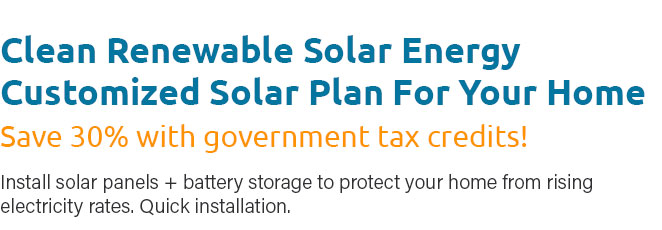 |
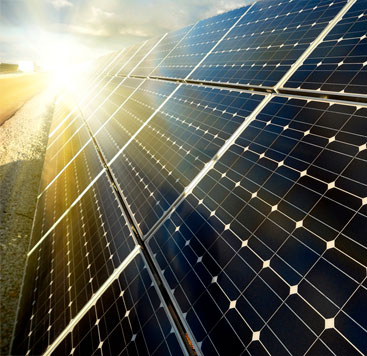 |
 |
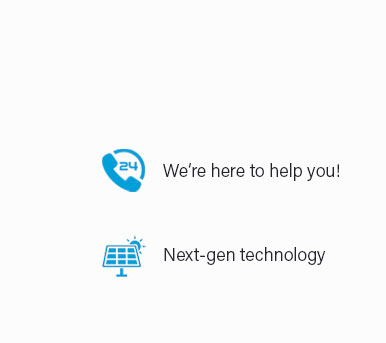 |
 |
 |
 |
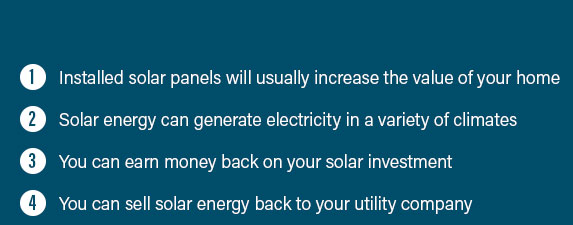 |
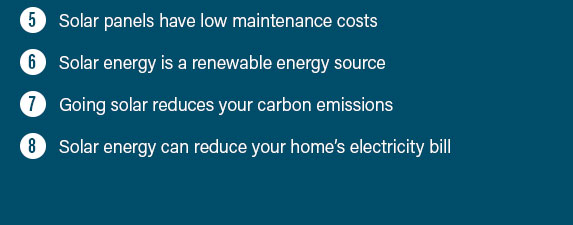 |
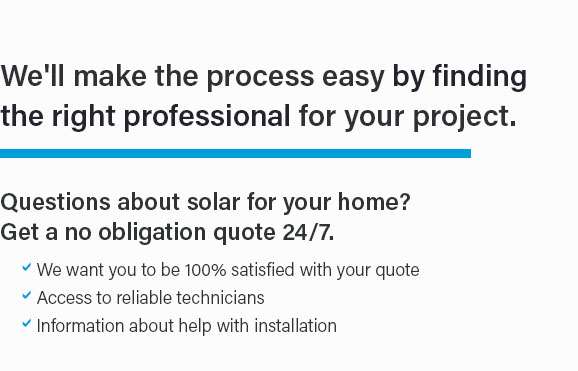 |
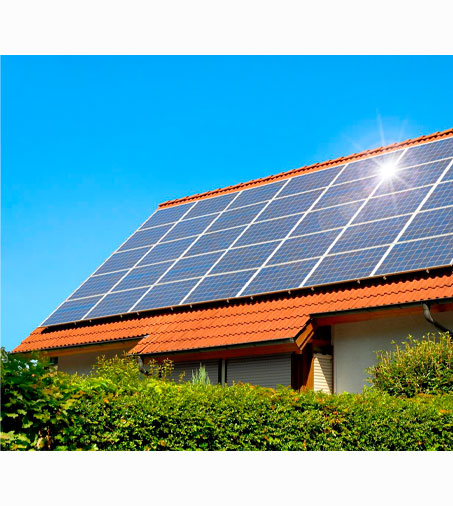 |
|
 |
 |
 |
The True Cost of Solar Panel Installation: Unveiling the Hidden DetailsIn recent years, the conversation surrounding renewable energy has gained significant traction, with solar panels often taking center stage. As homeowners become more environmentally conscious and seek to reduce their energy bills, the allure of solar power becomes increasingly irresistible. However, a question that often arises is, 'What does solar panel installation actually cost?' The answer, while straightforward at a glance, involves a tapestry of factors that merit closer inspection. Firstly, let's address the elephant in the room: the initial investment. It's no secret that the upfront cost of solar panels can be substantial. Typically, the price tag for installing solar panels ranges from $15,000 to $25,000 for an average-sized home. This figure can vary widely depending on several variables such as the size of the system, the quality of panels, and the complexity of the installation process. While these numbers may seem daunting, it's crucial to consider them in the context of long-term savings. One of the most compelling aspects of solar energy is the promise of reduced electricity bills. Once installed, solar panels can significantly decrease your monthly energy expenses, often leading to a return on investment within seven to ten years. Additionally, with net metering policies, homeowners can earn credits for excess electricity generated, further enhancing financial savings. It's also worth noting the potential increase in property value; homes equipped with solar energy systems are often more attractive to buyers, commanding higher prices in the real estate market. However, the cost of solar panel installation is not solely a financial concern. Environmental impact is a crucial component of the equation. Solar energy represents a clean, renewable source of power that can drastically reduce your carbon footprint. For many, this is a powerful motivator that transcends monetary considerations. The satisfaction of contributing to a sustainable future can be an invaluable reward in itself. Another layer to consider is the array of incentives and rebates available. Federal tax credits, which cover a portion of the installation cost, can substantially alleviate financial burdens. Many states offer additional incentives, which vary in scope and scale, potentially lowering costs further. These incentives are pivotal in transforming solar energy from a lofty ideal to a practical reality. Of course, potential pitfalls exist. It's essential to conduct thorough research before committing. Choosing the right installer is paramount; a reputable company will not only ensure quality installation but also provide vital support and maintenance. Some installations may encounter issues such as shading from trees or suboptimal roof orientation, which could affect efficiency. Thus, a meticulous site evaluation is advisable to maximize benefits. In conclusion, while the cost of solar panel installation is multi-faceted and complex, the advantages often outweigh the initial investment. It's a decision that demands careful consideration, weighing immediate expenses against long-term gains and ecological benefits. For those who choose to embrace solar power, the journey may lead to not just financial savings, but also a more sustainable and responsible lifestyle. As the world increasingly shifts towards greener energy solutions, solar panels stand as a testament to innovation and foresight. https://ecogenamerica.com/texas-solar-costs/
The most recent solar industry data shows that in Texas, the average cost for solar panels ranges from $10,000 to $15,000, depending on your ... https://www.solarreviews.com/solar-panel-cost/texas
Solar panel installation cost in Texas by system size in 2025 ; 4 kW. $3.40. $9,520 ; 5 kW. $3.15. $11,025 ; 6 kW. $2.98. $12,516 ; 7 kW. $2.86. $14,014. https://www.solarreviews.com/blog/how-much-do-solar-panels-cost-in-texas
In the U.S, average residential solar systems 6 kilowatts in size have a starting price of about $17,000 before incentives. You can calculate the cost for your ...
|